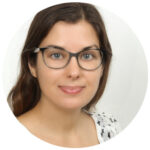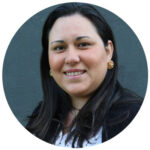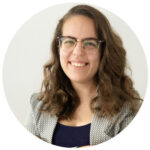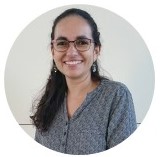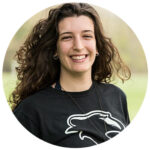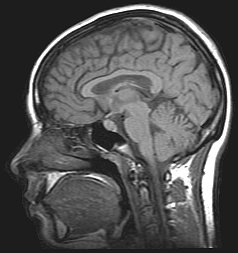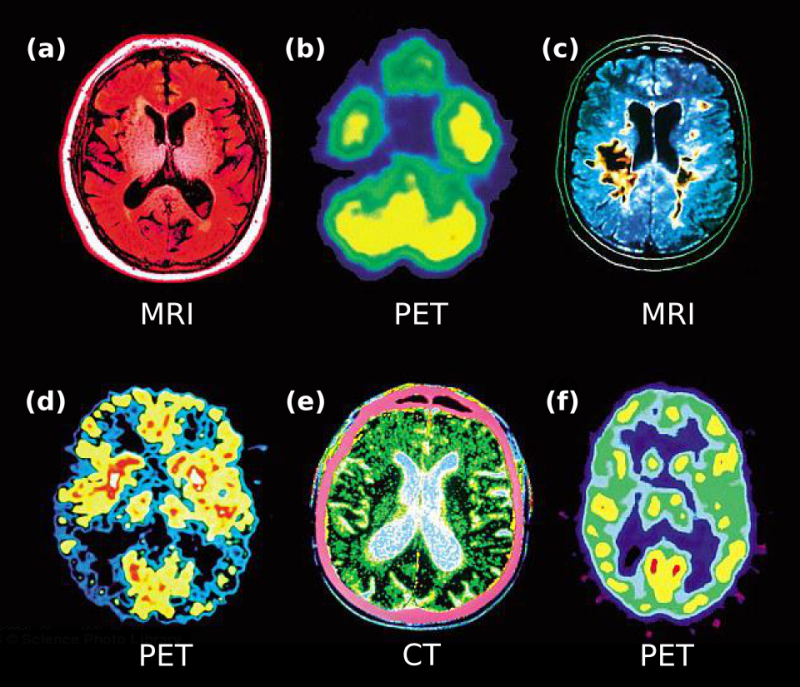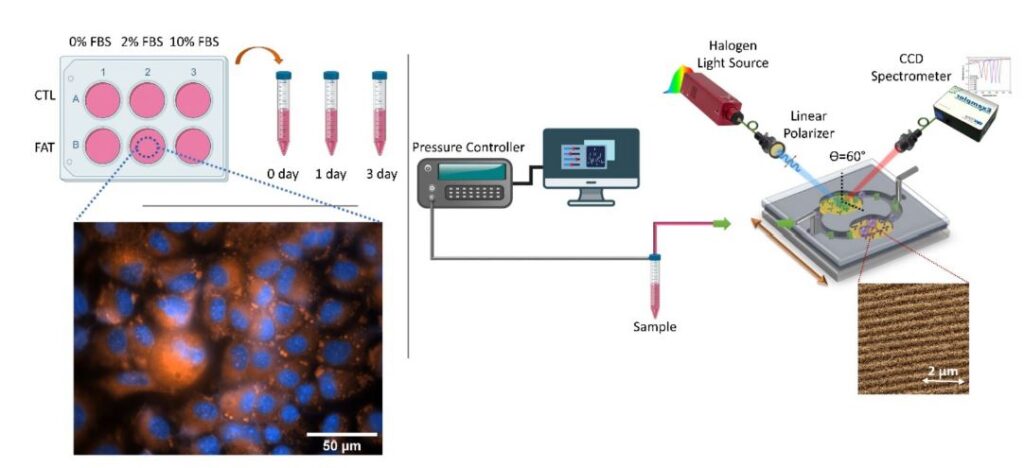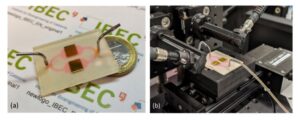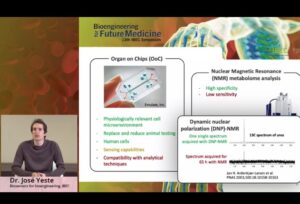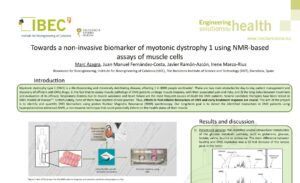BLOC is a European Project that brings together different academic and industrial partners to improve a new technology that integrates tissue engineering and magnetic resonance spectroscopy using dynamic nuclear polarisation (DNP-MR), to monitor diabetes and liver diseases.
Irene and Javier talked about their work and involvement in the project, and shared with us some personal feelings and opinions about the project and the future of this new technology.
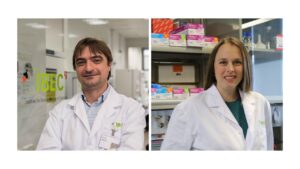
1) What is your role within BLoC and what does it entail?
Irene:
We are the coordinators of the BLOC Consortium and that implies bringing all the team together. It means making sure that all work packages and all the partners are working towards the same goal, organizing regular and review meetings, writing reports, ensuring that the communication with the European Commission is fluent and regular, and of course contributing with scientific ideas.
Besides being coordinators of the project, we are also the scientific leaders of the specific work packages of the projects that are being developed at IBEC in our research groups.
Javier:
As coordinators we always have these 2 missions: to take care of the full project and to put all the small pieces of each work package and partners together to have the big picture of the work.
2) Could you tell us a little bit about the concrete work you are involved in inside BLOC project?
Irene:
Within the consortium, our workpackage is the link between the biological model and the new technology. From a biological point of view, the project focuses on two disease models: one is the non-alcoholic fatty liver disease (NAFLD) and the other one is diabetes. We want to see the changes in metabolic reactions these diseases induce.
From a tissue engineering point of view, we are lucky to count with Javi’s experience and knowledge. On the other hand, my scientific background in molecular imaging serves as a good starting point to assess what parameters are needed to have a good match between tissue engineering and NMR.
Javier:
Our main contribution to the project is to join some pieces that usually are not together, not integrated, as tissue engineering and NMR technology. We are the bridge between the technology and the biological part.
Related to science, I can say that Irene has a lot of experience in NMR and nuclear polarization, and in in vivo and cell experiments, which are crucial to develop the project. Besides, in our lab, we already had previous experience in working with tissue engineering by using similar models. This helped a lot to start the project!
3) What is the expected impact of the work you are doing and of the project as a whole?
Irene:
The impact to the whole consortium is that we will develop a portable machine, a benchtop device, that any tissue engineering lab, environmental research facility or company can potentially use. Anyone that needed this technology could have it in their laboratory, or even in their office space, if they wanted! An easy-to-use machine with minimal maintenance cost!
Javier:
At the end of the project, we want to have a new machine that everyone can use, and that is accessible for anyone, even for people who do not have too much experience or training in NMR technology. We expect at least three different areas to be impacted by our project:
- Commercial: this machine can be easily commercialized (user-friendly and economically accessible)
- Society: we will develop a new machine to study metabolic diseases and help people by studying highly prevalent diseases. Moreover, the use of tissue engineering will reduce animal experimentation in clinical trials.
- Scientific and technological: we will have a new tool to make some studies that were not possible before. Using human models in tissue engineering instead of animal models will reduce possible biological differences with human biology for the pharma industry.
4) What are some of the things you have found easy/challenging to work with in this project?
Irene:
Finding the best model that replicates human physiology in the lab is quite hard. Additionally, we want to find the simplest working model, so other people can use it easily, in a fast and reproducibly way in the lab. This is very challenging!
Javier:
We must find a compromise: we need cell models that work in a way that we can easily reproduce to have a standard system suitable to do lots of experiments, but at the same time, we need a model that mimics as much as possible the functionalities of the in vivo human system. In summary, we need a compromise between a good and easy model to standardize the machine.
5) How do you see the future of this technology?
Irene:
I see a brilliant future! We are still at the beginning of the project, but in 1 year we have made a lot of progress. We do think that at the end of the project we will have achieved the objective of having a prototype of this benchtop NMR machine. And only time can tell if we will be able to have more efficient tissue engineering models, use the benchtop NMR spectrometer to understand other diseases or whether it will be used in other areas such as environmental sciences.
Javier:
There are so many potential applications for this machine, that for the moment we are not sure of which will be the final ones. Once we have the machine, we may have lots of potential projects and applications to use it, which will in turn validate our system in different technological and research fields. Toward the end of the project we will have a clearer view of the potential uses of this new technology.
6) Do you have any lessons to share?
Irene:
This is a very ambitious and challenging project that can only be done with a multidisciplinary team, where all the partners involved have different skills, are motivated to make it happen and push the project towards the same goal. I think that a good outcome for the future is that we will continue working together in other challenges where engineering, informatics, biology, and tissue engineering are needed. It is the first time that we all are working together, and it is going so well that we will probably stick together in the future. For the moment, the take-home lesson is that having a great team is the most important element for success!
Javier:
We are still at the beginning, but what we can say is that for this type of project, which have at the same time technological and biological approaches, the way to integrate engineers (for example, NMR engineers) with clinician groups (as the IDIBAPS) is quite tricky and requires to talk the same language. This would be one lesson for the future: find a common language that we can share between totally different fields.
The other members of the BLOC Consortium are: Oxford Instruments, Multiwave Technologies and IDIBAPS.
If you want to know more about the project, Irene, Javier and the other partners, check the BLOC project webpage.

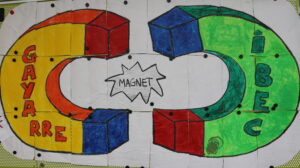 Both Irene and Alba are actively participating in the “Magnet” program with many activities, and this time they spent a relaxed moment talking with the students. They discussed about the research they are doing at BLoC project, to develop a novel way to study metabolic diseases as diabetes using tissue engineering and magnetic resonance technology. But it was a moment not only to talk about science, but also to talk about being a scientist, a female scientist! Students were very interested and motivated and for sure enjoyed this opportunity.
Both Irene and Alba are actively participating in the “Magnet” program with many activities, and this time they spent a relaxed moment talking with the students. They discussed about the research they are doing at BLoC project, to develop a novel way to study metabolic diseases as diabetes using tissue engineering and magnetic resonance technology. But it was a moment not only to talk about science, but also to talk about being a scientist, a female scientist! Students were very interested and motivated and for sure enjoyed this opportunity.
